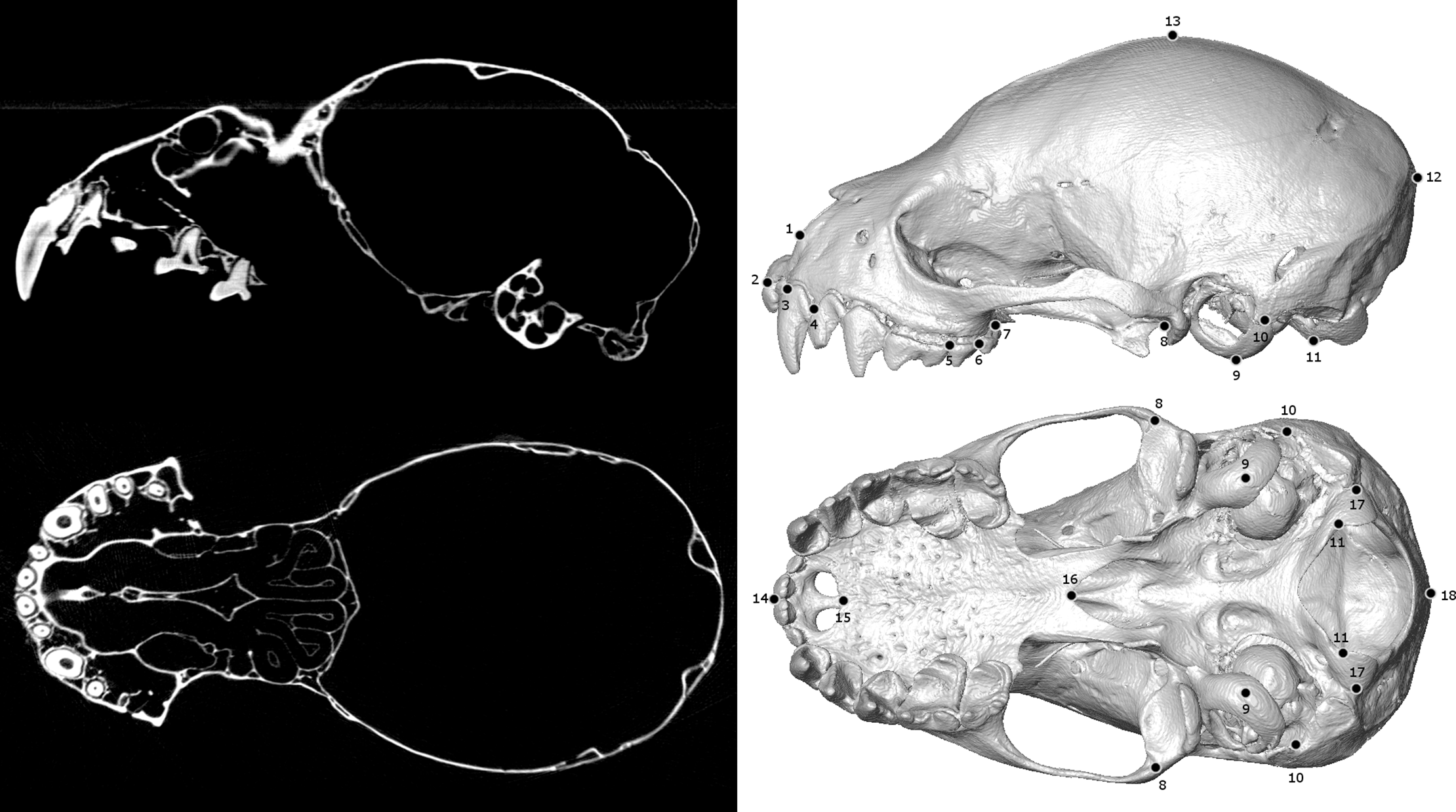Digitizing extant bat diversity: An open-access repository of 3D μCT-scanned skulls for research and education

Biological specimens are primary records of organismal ecology and history. As such, museum collections are invaluable repositories for testing ecological and evolutionary hypotheses across the tree of life. Digitizing and broadly sharing the phenotypic data from these collections serves to expand the traditional reach of museums, enabling widespread data sharing, collaboration, and education at an unprecedented scale. In recent years, μCT-scanning has been adopted as one way for efficiently digitizing museum specimens. Here, we describe a large repository of 3D, μCT-scanned images and surfaces of skulls from 359 extant species of bats, a highly diverse clade of modern vertebrates. This digital repository spans much of the taxonomic, biogeographic, and morphological diversity present across bats. All data have been published to the MorphoSource platform, an online database explicitly designed for the archiving of 3D morphological data. We demonstrate one potential use of this repository by testing for convergence in skull shape among one particularly diverse group of bats, the superfamily Noctilionoidea. Beyond its intrinsic utility to bat biologists, our digital specimens represent a resource for educators and for any researchers seeking to broadly test theories of trait evolution, functional ecology, and community assembly.